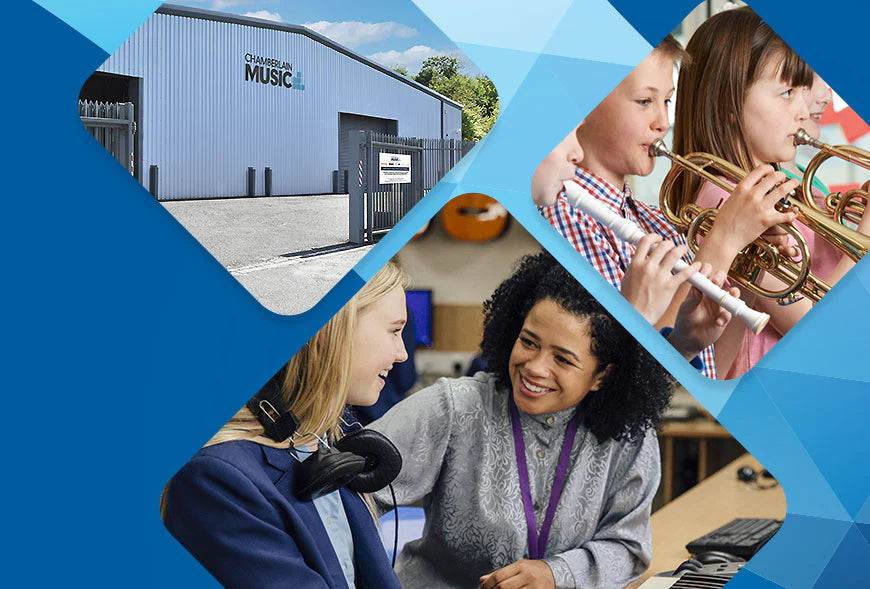Introducing the Blackmagic Design ATEM Television Studio 4K8
The new ATEM Television Studio is a professional live production switcher built into a broadcast control panel, which can be used for high end work while being extremely portable. This means you can use it in small venues that don't have the access for equipment racks or broadcast vans.
You get a powerful switcher with 8 standards converted SDI inputs, aux outputs, 4 chroma keyers, 2 downstream keyers, SuperSource, 2 media players and lots of transitions. Plus it includes a whole television studio of features such as hardware streaming, recording, audio mixer, talkback, multiview and optional internal network shared storage.
There’s an 8 input switcher with both program and aux outputs, so you have everything you need for mobile production. That means you can connect up to 8 cameras! Plus you get professional camera control, talkback and audio mixing all designed into a familiar broadcast panel.
The front panel includes buttons for selecting sources, triggering transitions and setting up video effects, and everything just works so setup on location is easy and you don't have to worry about technical problems!
Complete, intuitive control
The buttons are the same high-end type used on expensive broadcast switchers. You also get a built in t-bar for manual transition control. The front panel even has an innovative audio mixer control area with live metering on a dedicated LCD.
There are also buttons for recording and streaming control, plus live aux switching that lets you change aux outputs between all 8 cameras, program, preview or the multiview.
Connect multiple cameras
With 8 SDI video inputs, ATEM Television Studio lets you connect multiple cameras for different views of the performance. Video cameras with SDI outputs, such as Blackmagic Studio Camera or Blackmagic URSA Broadcast G2, are much better quality as they have better low light performance and use professional lenses. All video sources will re-sync to the switcher, even if they operate at different video standards. Imagine taking advantage of the creative freedom of multi camera live production for interviews, advertorials, theatre productions, music performances, sports and more!
Post Production
The ISO model records all inputs into separate files so you can edit using any NLE that supports multi-cam. That's possible because all files have perfect timecode sync! Plus with built in network storage, you can edit while recording. Multiple users can even share media and collaborate.
Distribution
With a built in hardware streaming engine, you can live stream your event to a global audience. Recording to H.264 files with AAC audio means you get the correct format to upload to YouTube. Plus you share live broadcasts with your audience by using the aux outputs and large screens and projectors.
Easy to use and fast to learn
There's never been a switcher that’s easier to use, as you simply press any of the program row buttons on the front panel to cut between video sources. Or you can pre select a source on the preview row and then choose between cut or effect transitions by selecting the cut or auto buttons. You can select from exciting transitions such as dissolve, or more dramatic effects such as dip to colour, DVE squeeze and DVE push.
You can even add a DVE for picture in picture effects with customized graphics. There are also media players which let you store graphics with alpha channels for titles and graphics that you can load as live video inputs. Then you can live stream the results!
True Broadcast Style Mix Effects Switching
ATEM Television Studio uses a professional program/preview style of operation, which is exactly the way large broadcasters use live production switchers!
However ATEM Television Studio can be switched to A/B style switching, which is easier when it's used by volunteers or community groups. If you want to operate the switcher like a broadcast professional, then the program/preview is perfect!
This means a source won't be put on air until you press the cut or auto button. This 2 step process means you see what you are selecting before putting it to air, so you get fewer mistakes. Plus program/preview operation is a fantastic way to train students for a career in broadcast television.
